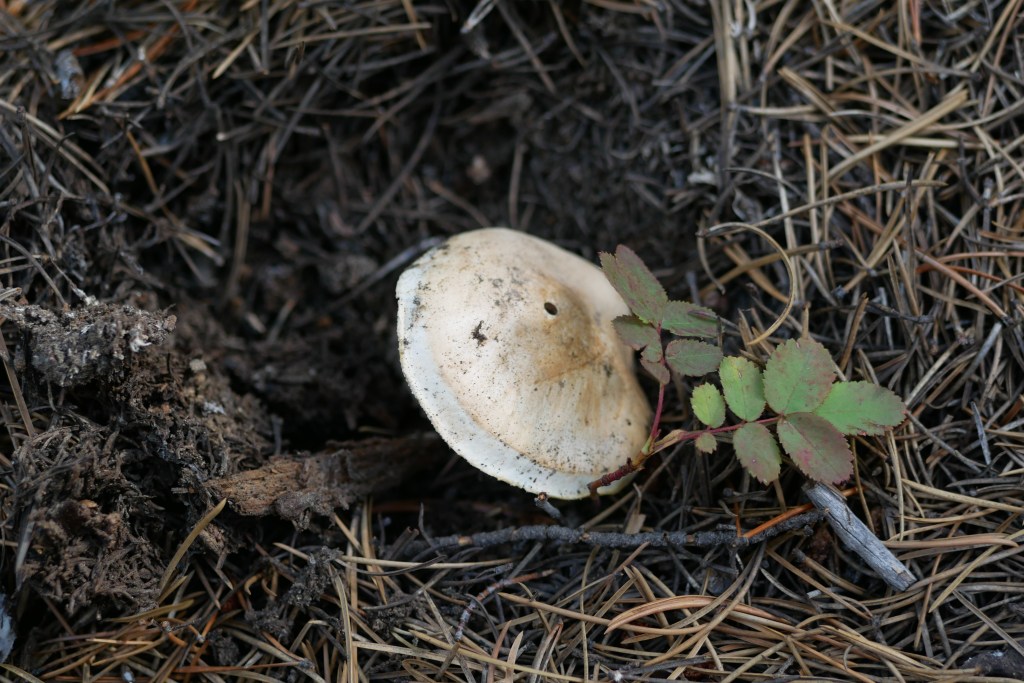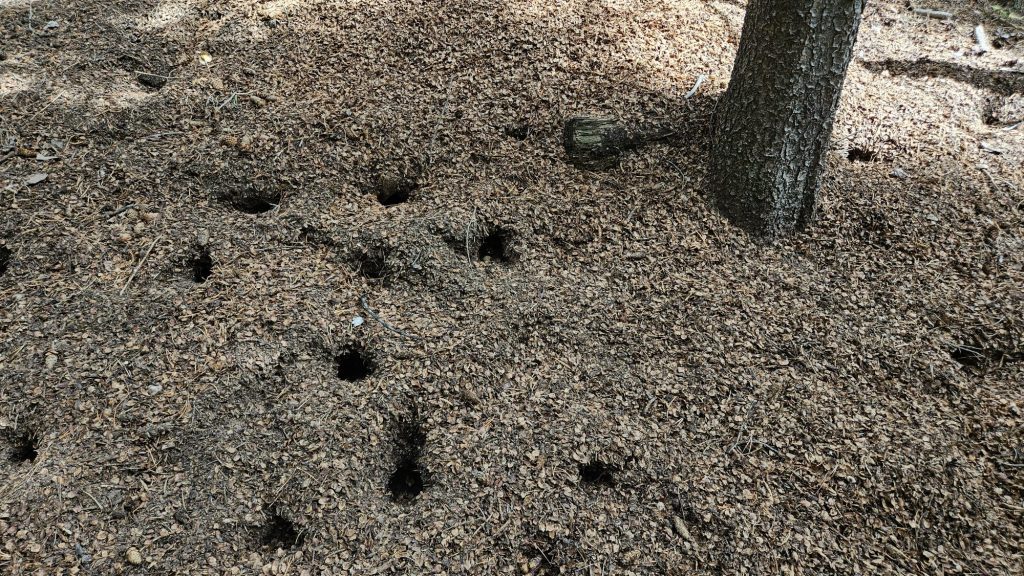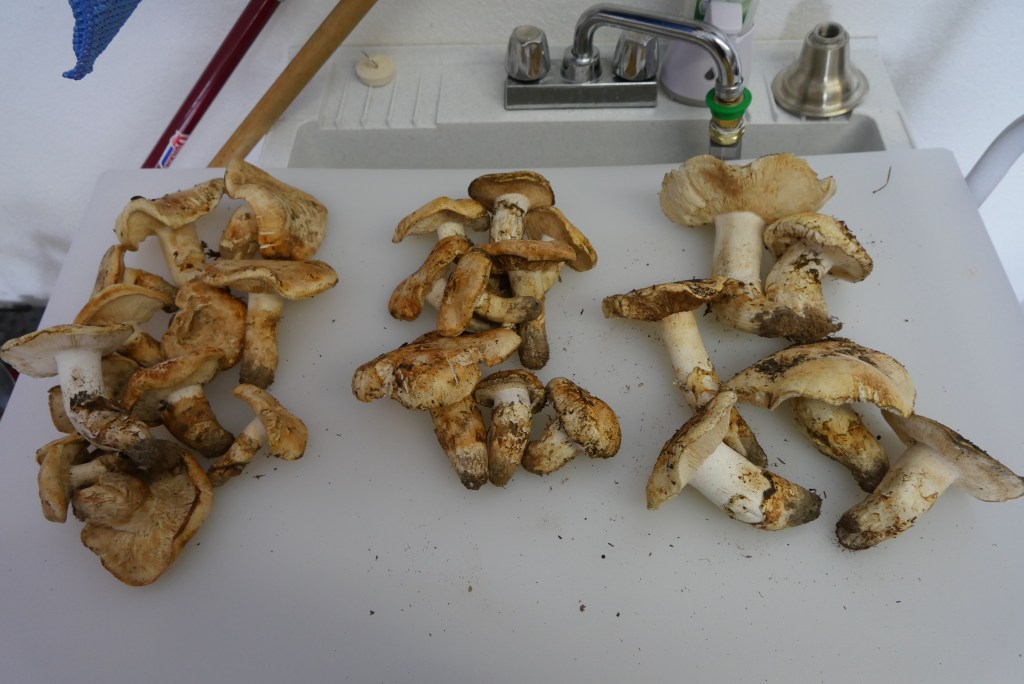
Gil Asakawa

Audio By Carbonatix
Foraging for mushrooms has become hip for anyone who loves Colorado’s outdoors and feels a connection with the environment. But for the Japanese American community, foraging for one specific mushroom has been a foundation of family bonding for as long as Japanese immigrants and their offspring have been in the state. Generations of Japanese Americans — starting with first-generation Isseis and then the Nisei, or second-generation, and Sansei, the third-generation — have driven from their homes on the Front Range up to the mountains to hunt for matsutake mushrooms. The prized fungi has a pungent, earthy smell and chewy, umami-oozing mouthfeel, whether it’s pan-fried, used in soups, or even just mixed into fresh hot rice.
For decades, Japanese Americans have made family outings in late summer and early fall to explore hillsides covered with lodgepole and ponderosa pines, where matsutake grow in the shadows under the cover of fallen pine needles. Families keep mum about their favorite matsutake hunting grounds; a common joke is that if someone tells you where they go to hunt mushrooms, they’d have to kill you.

Jane Nakama
“Matsu” means pine and “take” (pronounced “tahk-eh”) means mushroom in Japanese. The fungi first appeared in Japanese lore in a seventh-century poem as a symbol of autumn, good fortune and fertility — qualities it still represents today. Matsutake mushrooms have become so rare in Japan that most of them are imported, including from the U.S., and Japanese-grown matsutake can cost up to $500 per pound. The delicacy isn’t as expensive here, but it can easily be priced at $50 per pound. That helps inspire the hunt.
Denver, make your New Year’s Resolution Count!
We’re $17,500 away from our End-of-Year campaign goal, with just a five days left! We’re ready to deliver — but we need the resources to do it right. If Westword matters to you, please contribute today to help us expand our current events coverage when it’s needed most.
When you’re in the presence of matsutake, its scent mingles with the piney odor of the mountainside — a sure sign that you’re close.
But in recent years, those eureka moments have become fewer and farther between for hunters venturing to their old, reliable spots. Climate change has reduced the matsutake yield west of Denver, but there is also a new challenge: Poachers who simply rape the earth to take away whatever they can grab and later sell— unlike Japanese American families, who have traditionally taken their bags of matsutake home to clean, slice and freeze for future personal use.
Young Japanese Americans are taught from an early age by their elders that matsutake hunting is serious and almost sacred, even though the family outings are always remembered as fun times. The harvesting of the mushrooms is done with care. Hunters walk gently on pine needle-covered slopes, looking for slight mounds or small holes where a mushroom might be peeking out from the shelter of its cave; the covering is then gingerly lifted, with respect. If a matsutake is indeed in the hole, it’s pulled out very carefully. Before moving on, the mushroom is tapped above the hole so that spores drop from the gills and back into the ground, and then the original pine needles are placed over the opening to create a space for a new mushroom to quickly grow.

Gil Asakawa
But these days, those mushrooms don’t get the chance. Mountainsides that used to be rich matsutake grounds are now pockmarked with holes left uncovered. Some holes were likely left by animals like deer, which love matsutake — as evidenced by the many deer droppings nearby. But other areas show the uncaring handling of humans out for profit, not community.
Jolie Noguchi, the third-generation owner of Pacific Mercantile in downtown’s Sakura Square, grew up hunting for matsutake with her family (when the grocery store was closed for Labor Day, she points out). She has memories shared by the many Japanese American families who headed up to the mountains for matsutake: The trips were not just for the mushrooms, but for family ties made stronger with picnic bentos and the adventure of the hunt.
In the past, Japanese Americans have brought matsutake to her family’s store to sell — after they’ve prepped their own share. Typically, she adds, they were happy with whatever price the shop set according to the size of the harvest, while non-Japanese tended to barter for higher prices. But this year, nobody has brought any in, for any price. The store didn’t sell matsutake last year, either — a sign that the yield has been going down for some time.
Noguchi chalks up the lack of mushrooms mostly to weather, with customers telling her that the matsutake-producing areas have been dry this summer. But she thinks poachers could also be partly responsible, since even local families who have been reliable suppliers in the past haven’t come in with a supply.

Gil Asakawa
She looks at a photo of holes in an area that used to be rich with matsutake. “Oh my gosh, my grandpa is probably rolling in his grave,” Noguchi says. “Yeah, we were taught to make it sustainable, renewable, all the things that people talk about today for agriculture.”
Jane Nakama is a retired University of Colorado Boulder administrator active with the Japanese community at Simpson United Methodist Church in Arvada, which hosts an annual tribute meal for elders. Of all the years she has volunteered for the event, this was the first without a matsutake dish. “Part of it could be weather-driven,” she says, “but not entirely, because if you go either earlier or later, you’re going to find the right mix of moisture and climate to have some mushrooms growing. But I think a lot of it is people are just going there ignorantly, just plucking stuff out of the ground, just being rough with the ground and not realizing how they grow, that it’s just an underground system and they just destroyed it.”

Jane Nakama
Back in the day, just about every family would trek west searching for matsutake, recalls Nakama. “There was one point when everybody started hunting, a long time ago, and they went to a certain pass, and a lot of people say the same thing — that up there, you just walked out of the car and the matsutake were all right there, and it was gigantic. Nobody was picking them,” she says.
“And then when people got older, we started taking them to places that were closer in, to make it easier on them.” Even the close spots were plentiful, at least at first, but not anymore.
Still, Noguchi remains steadfastly optimistic about the future of matsutake in the area, as well as at her store. “I always pray, you know, that they’ll be back,” she says. “We knew that this year was not going to be a good season just because of the weather, and it’s been so dry. But I’m always hopeful.”